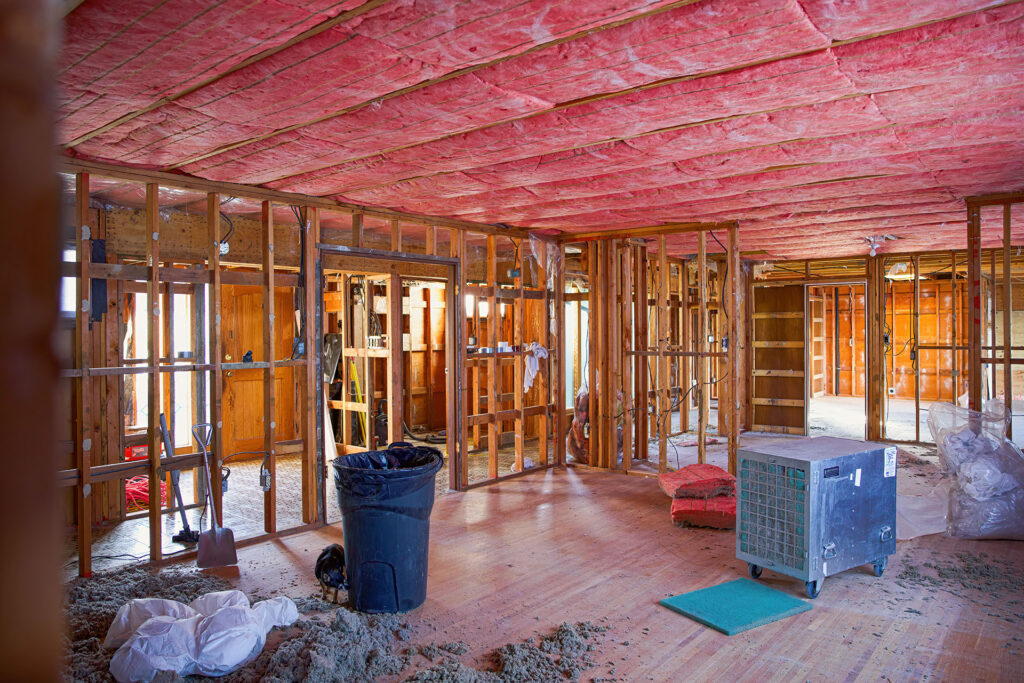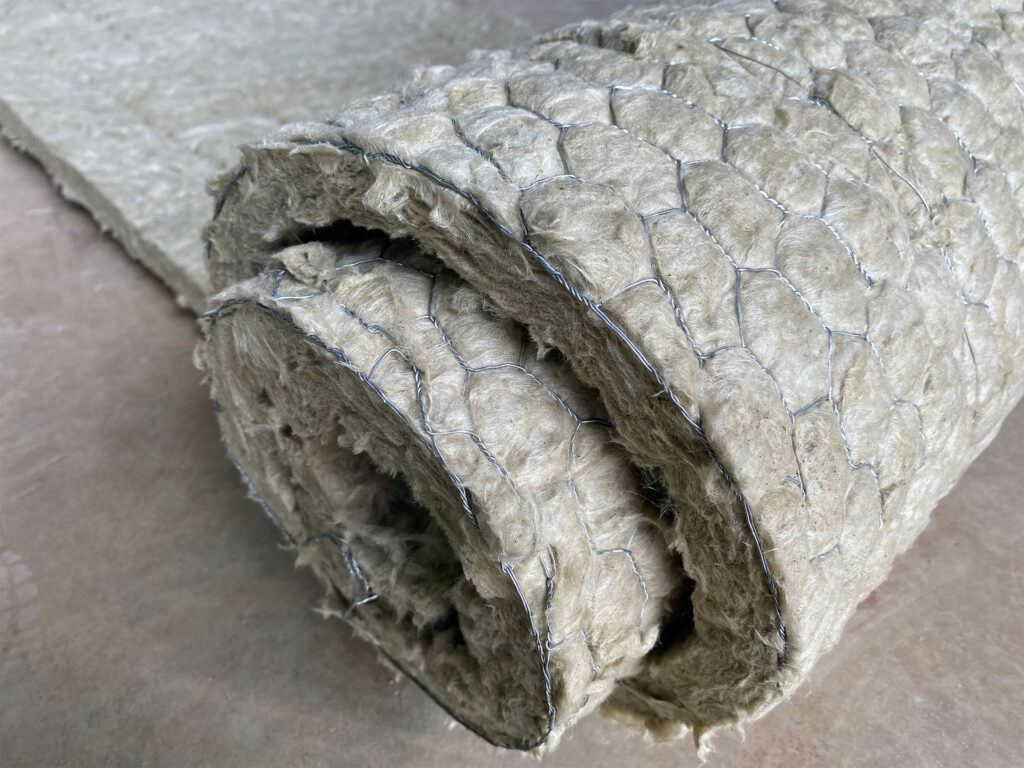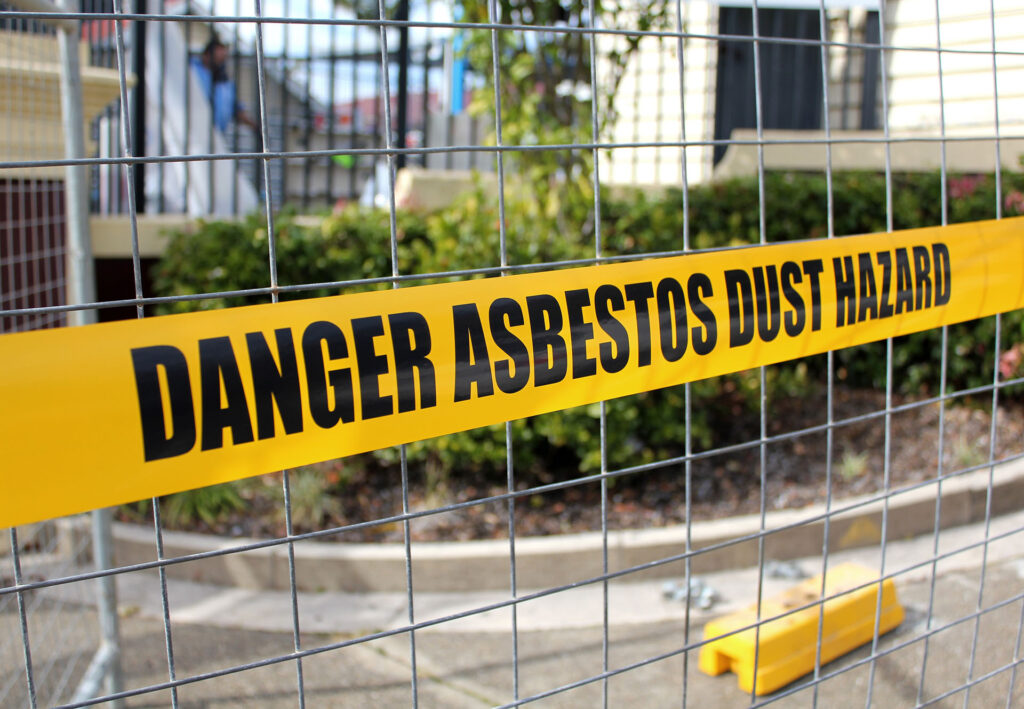For the last three decades, everyone from lawmakers to environmental activists has been trying hard to outlaw the production and use of asbestos. Scientists have been able to establish a direct and clear relationship between long-term asbestos exposure and life-threatening diseases like mesothelioma and lung cancers.
Asbestos was widely used from the 1940s as a wonderful heat-resistant material that was naturally available on the planet. It was used in the construction of ceiling and floor tiles, walls, home insulation, roofing, as well as brake pads. The reason why it was so popular was that it had excellent thermal-resistant properties. It was also affordable and easily available.
In this resource article, we are going to look at some of the major alternatives to asbestos. Specifically, we are going to explore five elements that can really prove to be a substitute for asbestos. However, before we get to the list of alternatives, let us first check out some of the dangers of asbestos, along with discussing its history.
Asbestos: A Brief History and Dangers
Asbestos first burst onto the scene in the 1940s. Its advent coincided with the 2nd World War when the need to build homes and cities was on the rise thanks to all the destruction that the war had resulted in. Many found this as a cheap, affordable, and useful element that occurred naturally on the planet.
The construction of homes and the rapid industrialization that ensued led to the large-scale adoption and use of asbestos in various pumps, valves, turbines, boilers, steam pipes, and furnace construction. Whether it was in the shipping industry or real estate, asbestos became a household name and was used everywhere.
It was only in the 1980s that scientists and medical practitioners started to unravel the dangerous effects of asbestos. They discovered that short, as well as long-term exposure to asbestos, could lead to the emergence of dangerous diseases and illnesses in both human beings as well as animals. Some of them were-
- Mesothelioma– is a form of cancer that is rare and covers the lung surface.
- Lung Cancer– formation of tumours that attack lungs and block airflow.
- Pleural Disease– creates thicker lungs and leads to fluid accumulation in the lungs.
- Asbestosis– scarring of the lung tissues leading to difficulties in oxygen absorption.
The Environmental Protection Agency (EPA) passed legislation that led to the banning of asbestos. These were the Clean Air Act of 1970, the Toxic Substances Control Act of 1976, and the Asbestos Hazard Emergency Response Act of 1986. Experts point out that buildings that were constructed before the 1990s have a higher chance of containing asbestos.
5 Credible Alternatives to Asbestos that should be explored
Asbestos was attractive since it had amazing heat-resistant properties, was naturally available in nature and was affordable. Any element that tries to substitute asbestos needs to be able to fulfil all three criteria.
Let us check out five alternatives that have been put forward-
- Cellulose Fibres:
One of the most common and naturally present elements in our world is plant fibres or cellulose. They are found in plant walls and are the substance that is used to create newspapers around the world.Cellulose fibres found in newspapers can be easily shredded and treated with certain chemicals to create cellulose fibres.
Along with paper, wood pulp, cotton, and linen all contain cellulose fibres. This means that the alternative to asbestos could play a major role in helping the recycling industry along with providing a cleaner and greener alternative.
- Flour Fillers:
If we look around us, we will come across several natural options that have been used for centuries. One such element is flour.Elders have been using flour (mixing it with water to create a paste) as an adhesive to stick letters and other things. Flour fillers are a combination of ash that you get from rice hull, rice flour, wheat flour, and pecan shell flour.
It goes without saying that all of them are ‘green’ and great for the environment and human beings. This is something that is being explored in the construction industry of late with positive results.
- Polyurethane Foam:
Polyurethane foam was first used in the United States in the 1960s. It was a popular part of the roofing industry and used to seal areas and prevent the entry of rainwater, sunlight and moisture into the house.One of the best reasons why the use of polyurethane foam has picked up has been because it does not release any harmful toxins into the air.
The polyurethane foam is created using a blend of plastic and rubber elements. It has been widely used thanks to its thermal properties. Since you can spray it anywhere, it is simple and easy to use.
- Thermoset Plastic Flour:
The past few years have seen a rapid advancement in terms of using plastic flour because of its insulation properties.Whether it is providing insulation from sound or heat and cold, thermoset plastic flour is a great material. Its usage has picked up drastically in the electrical component manufacturing industries as well as the automobile sector.
The material is filled with wood flour and other cheap and affordable materials. When it comes to thermoset polymers, they are considered stronger on account of their three-dimensional construction.
- Amorphous Silica Fibres:
The first thing that you should know about amorphous silica fibres is that they are widely used in commercial industries.This means that this material has not found its way into residential construction yet. Of the commercial industries that use amorphous silica fibres, the most notable ones are aerospace, shipping, and thermal power plants.
Their greatest USP is their heat resistance strength. This is one major reason why they have replaced asbestos, especially in terms of their commercial usage and application.
The Final Word
While some governments and countries like Australia have taken a strong stance against the use and production of asbestos, it should be pointed out that products laced with asbestos are being imported every single day.
If you are a normal individual that feels that there is asbestos in your home, you should get it checked out by trained professionals immediately. If there are any other questions that you would like us to address, please let us know in the comments section.




